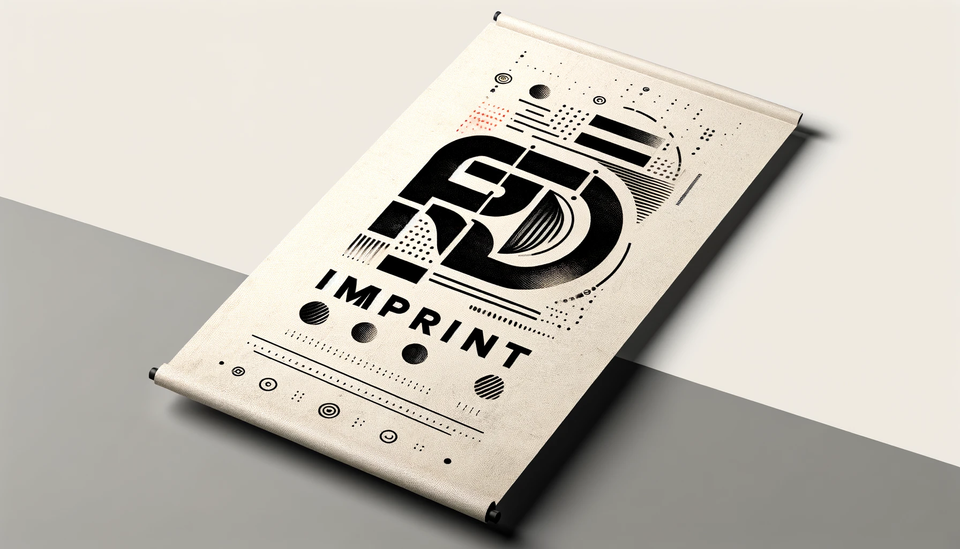Exploring Delayed Dialogue Attribution

Fellow writers, we need to talk.. about talking properly. Delayed dialogue attribution is why a lot of readers get bored, frustrated, confused, even abandon a good book from cognitive jarring effects of our dialogue if we're not careful.
As we explore this anti-pattern technique, we'll encounter its various challenges and how they can impact your storytelling.
Whether you're a seasoned writer or just starting your literary journey, I hope you'll find this resource valuable.
To make things more engaging, we'll use examples featuring our fictional characters:
- Alice: A confident and articulate journalist.
- Bob: A reserved and introverted scientist.
- Carol: A mysterious and enigmatic artist.
What is 'delayed dialogue attribution'?
It is where the author or narrator withholds information about which character is speaking until after the dialogue has been presented. In other words, the reader does not immediately know who is saying a particular line of dialogue and must infer or discover the speaker's identity, and how they are speaking, as they continue reading.
This technique can create suspense, tension, or intrigue in a story, as readers become engaged in the dialogue they must stop at the end of each line of dialogue and actively piece together who is speaking based on context, tone, or other clues only to be later told some or all of these answers through poor writing technique.
Here's an over-simplified example of delayed dialogue attribution:
Delayed Attribution:
"I'll meet you at the park," John said, shouting loudly in anger.
Immediate Attribution:
John shouted "I'll meet you at the park."
In the delayed attribution example, the reader doesn't learn that John is the speaker, or imagine how John is speaking, until they had already read the dialogue This technique can be employed strategically to control pacing, build tension, or add complexity to a scene. However, it should be used judiciously, as misuse or overuse will frustrate or confuse the reader.
Ambiguity
Delayed dialogue attribution can introduce ambiguity into your narrative. Take a look at this example featuring Alice, Bob, and Carol:
Alice frowned. "I can't believe you'd do this," she said angrily.
Bob replied, "You never understood, did you?"
Carol chimed in, "It's not what it seems."
Readers may initially assume Alice is responding to Bob, but it's actually Carol speaking. Learn how to navigate ambiguity in your writing, with intention. Do you mean to do it for suspense, or are you inadvertently jarring the reader?
Reader Engagement
How does delayed dialogue attribution affect reader engagement? Consider this scenario:
Alice observed the room, her eyes narrowing. "I can't believe you'd do this," she said angrily.
Bob remained silent.
Carol chuckled. "It's not what it seems."
Here, readers might become more focused on Bob's silence than on Alice's anger. Explore the delicate balance between immersion and distancing in your storytelling. Immediate attribution will set the tone and immerse readers in the experiences of the scene or character.
3. Overuse of Exposition:
Avoid overusing delayed attribution for exposition purposes:
Alice gazed at the mysterious painting on the wall. "I can't believe you'd do this," she said angrily, recalling their shared history.
Bob pondered the implications.
Carol, with a sly smile, remarked, "It's not what it seems, considering the hidden meaning."
While Carol's dialogue provides exposition, it can feel forced. Discover how to integrate exposition seamlessly into your narrative. Exposition forced in such a way is problematic mostly due to the delayed attribution, solve that and perhaps your use of exposition becomes more natural and impactful to the narrative.
4. Ineffectiveness in Fast-Paced Scenes:
How can delayed attribution impact fast-paced scenes? Explore this example:
Alice raced against time. "I can't believe you'd do this!" Her voice echoed through the hallway.
Bob, panting, struggled to keep up.
Carol, breathless, said, "It's not what it seems."
In this intense scene, delayed attribution can slow down the pacing. Learn when to opt for immediate attribution in high-tension moments or lose the reader to confusion where they miss out on the imaginative action altogether.
5. Inconsistency in Style:
Maintain consistency in your writing style when using delayed attribution:
Alice gazed at the painting, her eyes narrowing. "I can't believe you'd do this," she said angrily.
Bob simply nodded.
Carol, with a mysterious smile, commented, "It's not what it seems."
Using delayed attribution for Alice and Carol but not for Bob can disrupt the reading experience. Maintain a consistent style throughout your narrative because readers of varied cognitive abilities will all avoid the jarring sensation when making cognitive shifts to adapt to your inconsistencies.
6. Impact on Character Development:
Consider the impact of delayed attribution on character portrayal:
Alice clenched her fists. "I can't believe you'd do this," she said angrily.
Bob, always the quiet one, kept his emotions hidden.
Carol, with a hint of sadness, replied, "It's not what it seems."
If Bob's silence is a consistent trait, delayed attribution can help build his character. Learn how to use this technique effectively to embed characteristics that make up their development in the readers imagination. Bob may later be in a scene and you may not actually include narration at all about Bob remaining silent, it's now an established trait and the reader doesn't require you to tell them this with attribution, if done properly in the past.
Conclusion:
Delayed dialogue attribution is a valuable tool in your writer's toolkit, but it comes with its own set of challenges. The thing to remember that using it at all should always be intentional, otherwise readers will suffer and feel this is a product of an unskilled writer.
Experiment with this technique in your writing, keeping in mind the concepts discussed to create engaging and immersive narratives.



